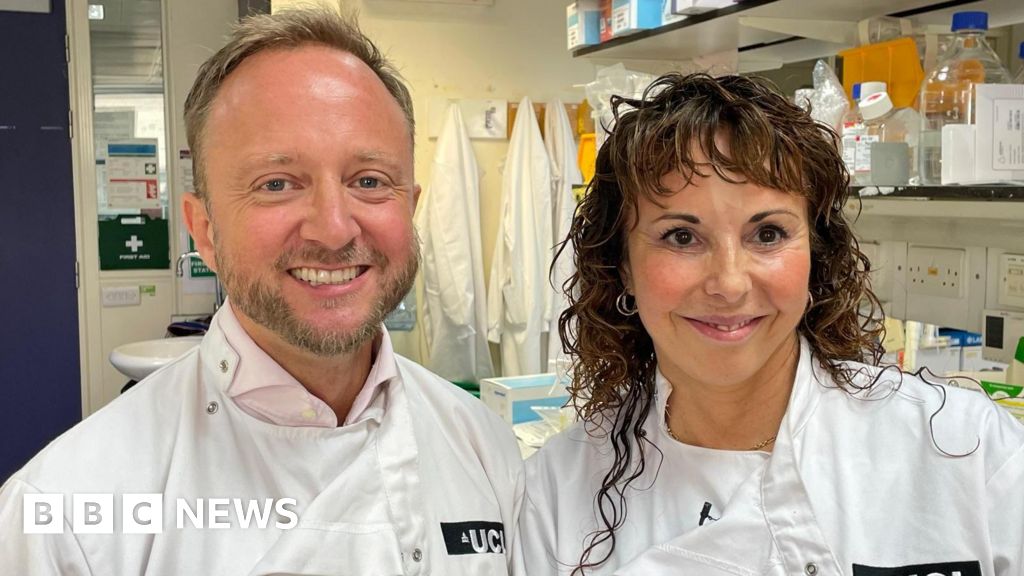Huntington’s Disease Breakthrough
Introduction to the Disease
Huntington’s disease is one of the most devastating and cruel diseases, leading to the death of brain cells and resembling a combination of dementia, Parkinson’s, and motor neuron disease. It runs through families, affecting people in their prime and destroying families. The first symptoms tend to occur in the 30s or 40s, and it is usually fatal within two decades.
New Treatment
A new treatment has been developed, which is a kind of gene therapy administered through 12 to 18 hours of delicate brain surgery. The treatment aims to permanently reduce the levels of a toxic protein in the brain that causes the disease. The therapy uses the latest genetic medicine, combining genetic therapy and gene-silencing technologies.
How the Treatment Works
The treatment begins with a safe virus that has been modified to contain a specially developed sequence of DNA. This is delivered deep into the brain using real-time MRI scanning to guide a microcatheter to two brain regions. The virus then acts like a microscopic postman, delivering the new piece of DNA to brain cells, where it becomes active. This transforms the neurons into a factory to produce therapy to prevent their own death.
Results of the Study
The results of the study, which involved 29 patients, showed a slowdown of the disease by 75% in patients. This means that the decline that would normally be expected in a year would take four years after the treatment, giving patients decades of "lifespan". The data also showed that the treatment saves brain cells, with neurofilaments in spinal fluid, a clear sign of dying brain cells, actually lower at the end of the study than at the beginning.
Impact on Patients
The treatment has given patients and families hope for the future. One patient, who was medically retired, has returned to work, while others who were expected to need a wheelchair are still able to walk. The treatment has been described as "spectacular" and "breathtaking" by professors leading the research.
Availability and Cost
The treatment is expected to be expensive, with the company behind it, Uniqure, planning to apply for a license in the US in the first quarter of 2026. Talks with authorities in the UK and Europe will start next year. The initial focus will be on the US, and the drug will not be available to everyone due to the highly complex operation and expected costs.
Future Developments
Professors leading the research believe that this gene therapy is just the beginning and will open the gates for therapies that more people can access. They are already working on a study to determine whether the disease can be delayed considerably or even stopped completely in young people who know they have the gene but have no symptoms.

